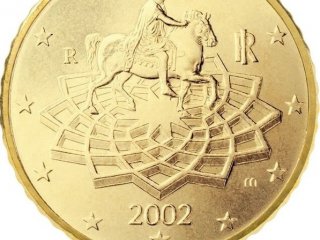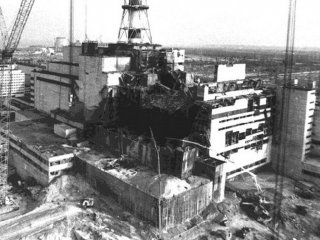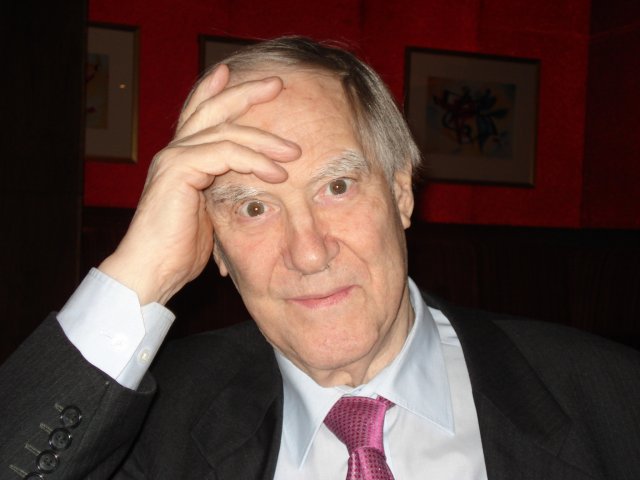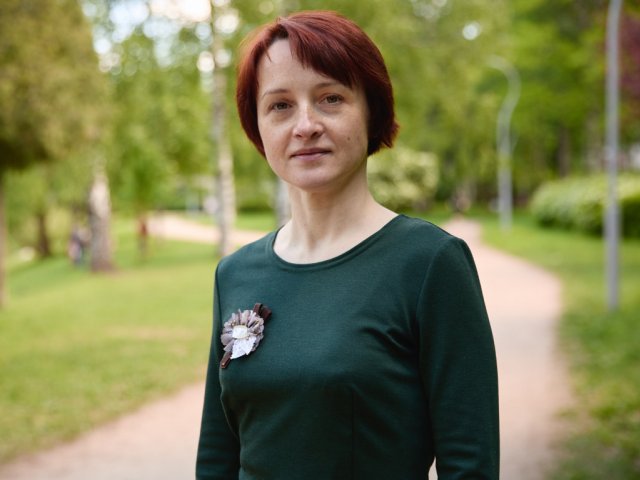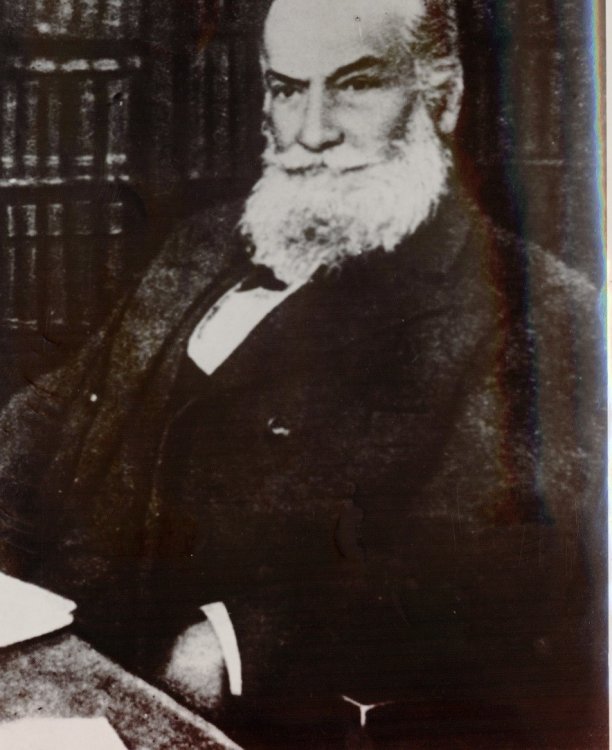
Man will fly through the power of his mind, not the strength of his muscles, said the Russian scientist, founding father of modern aerodynamics Nikolay Yegorovich Zhukovsky. And he directed the power of his own mind to help mankind learn to fly. On November 2, 1902, under his leadership, construction of the first Russian window tunnel – an installation for experimental study of phenomena that occur when air flows around aircraft – started at Moscow University. For lack of space, the roughly seven-meter long and one-meter-wide tunnel was assembled right in the lobby.
Zhukovsky did not mind: he was spending every free minute he had near his brainchild. Today with volunteer assistants and students, he studied the behavior of glider models, kites and various stuffed birds in the tunnel. All of Moscow gather to the University lobby to take a look at the odd device. In the curious crowd was the student Dimitri Riabouchinsky, the son of a millionaire manufacturer – later he would build an aerodynamics laboratory for Zhukovsky in the Kuchino village near Moscow.
Zhukovsky would continue his research, lay the foundations of the theory of aeronautics and become the founding father of Russian aviation.

